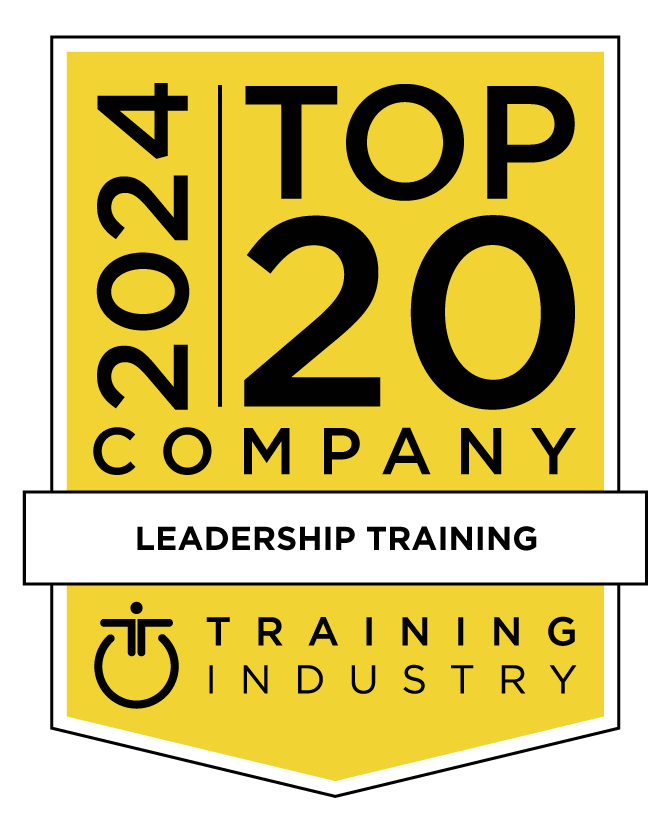CEO Development Programs: How Future-Ready Leaders Are Built for Business Success
In an era marked by rapid technological advancements, market volatility, and increasing competition, the role of a CEO is more challenging than ever. A strong leader must navigate complexities, drive innovation, and make strategic decisions that impact not only their organization but the industry at large. However, leadership isn’t just an innate ability—it’s a skill that requires continuous refinement.
This is where CEO development programs come into play. These programs are designed to equip top executives with the necessary tools, insights, and strategies to lead effectively, adapt to change, and drive business growth. But how exactly do these programs transform CEOs into visionary leaders? Let’s explore.
The Need for CEO Leadership Training in a Changing Business Landscape
Globalization, digital transformation, and evolving workforce dynamics have fundamentally altered the way businesses operate. CEOs can no longer rely solely on experience; they must proactively engage in continuous learning to remain competitive.
The Growing Complexity of Business Leadership
- The traditional leadership model—where CEOs made decisions based on historical data and intuition—is being replaced by data-driven and agile decision-making. According to McKinsey & Company, 90% of executives believe they need to revise their leadership development strategies to cope with today’s business challenges.
- The rise of remote and hybrid work models has made employee engagement and company culture a bigger challenge, requiring CEOs to develop new leadership approaches.
Bridging the Leadership Gap
- A study by Deloitte found that 86% of business leaders consider leadership development a critical priority, yet only 10% believe they have a strong leadership pipeline in place.
- Many executives transition into leadership roles without formal training, leading to skill gaps in strategy, crisis management, and decision-making.
The Canadian Perspective
- In Canada, leadership development is gaining momentum. A 2023 report from Future Market Insights projects the Canadian executive education program market will grow at a CAGR of 13.9%, reaching $8.3 billion by 2033.
- With Canadian businesses increasingly competing in global markets, the need for CEOs to be well-versed in international business strategies, digital leadership, and cross-cultural management has never been greater.
CEO leadership training programs offer structured learning experiences that refine leadership skills, enhance decision-making abilities, and drive strategic thinking. According to a study by Harvard Business Review, nearly 70% of executives attribute their business success to continuous leadership training.
Businesses that invest in executive leadership programs witness measurable improvements in key areas such as:
- Strategic Decision-Making: Training equips CEOs with the ability to anticipate market trends and make data-driven decisions.
- Crisis Management: Leaders develop resilience and agility to handle economic downturns, technological disruptions, or unexpected crises.
- Employee Engagement: CEOs who undergo professional training foster better workplace culture, resulting in higher employee satisfaction and productivity.
- Financial Performance: Companies with well-trained executives report higher revenue growth and better operational efficiency.
Key Benefits of CEO Training Programs
1. Strategic Vision and Decision-Making
- A CEO's ability to anticipate market trends, analyse data, and make informed decisions directly influences an organization's success.
- Leadership training enhances strategic thinking, helping CEOs align business goals with market realities.
2. Crisis Management and Adaptability
- The COVID-19 pandemic demonstrated the importance of agile leadership. CEOs had to pivot operations, manage workforce disruptions, and maintain financial stability.
- Leadership training provides frameworks for handling crises, ensuring CEOs can lead confidently through uncertainty.
3. Innovation and Digital Transformation
- The rise of AI, automation, and digital business models means CEOs must stay ahead of technological advancements.
- Training programs teach executives how to foster innovation, implement digital strategies, and drive organizational change.
4. Emotional Intelligence and Leadership Development
- Harvard Business Review found that CEOs with high emotional intelligence (EQ) build stronger teams and outperform their peers in revenue growth.
- CEO development programs focus on enhancing EQ, helping leaders improve communication, motivation, and conflict resolution skills.
5. Building High-Performing Teams and a Positive Work Culture
- A CEO’s leadership style shapes the organizational culture. Poor leadership can result in high employee turnover and low engagement.
- Training equips CEOs with the skills to create a positive work environment, foster employee engagement, and drive higher productivity.
Key Components of an Effective CEO Training Program
A well-designed CEO leadership training program should address the core competencies required for executive success. Here are some critical elements:
1. Leadership and Vision Development
Successful CEOs must inspire and guide their teams towards a shared vision. Training programs focus on:
- Enhancing communication skills to articulate company goals effectively.
- Developing emotional intelligence to foster strong workplace relationships.
- Cultivating a growth mindset to encourage innovation and adaptability.
2. Strategic Thinking and Problem-Solving
Executives must make high-stakes decisions that shape the future of their organizations. Training helps CEOs:
- Analyse market trends and competitive landscapes.
- Implement data-driven strategies for sustainable growth.
- Manage risk and uncertainty with confidence.
3. Financial Acumen and Business Strategy
Understanding financial metrics is crucial for long-term business success. CEO training covers:
- Financial forecasting and budget planning.
- Investment strategies for business expansion.
- Cost optimization and revenue growth tactics.
4. Change Management and Organizational Growth
Change is inevitable, and leaders must be prepared to guide their companies through transitions effectively. Training focuses on:
- Managing workforce transformation and digital adoption.
- Building resilient teams during times of organizational change.
- Implementing policies that encourage continuous improvement.
5. Ethical Leadership and Corporate Responsibility
In today’s business climate, ethical leadership is non-negotiable. Training programs emphasize:
- Corporate governance and compliance.
- Social responsibility and sustainable business practices.
- Creating an inclusive and diverse work culture.
Real-World Success Stories: The Impact of Leadership Development
Several studies highlight the tangible benefits of investing in CEO development programs:
- IBM found that organizations with strong leadership development programs outperform competitors by 63% in key business metrics.
- A Gartner report revealed that companies that invest in leadership training see a 22% increase in profitability and a 32% improvement in executive retention rates.
- Canadian companies like Shopify and RBC have actively incorporated leadership development programs to future-proof their leadership teams, resulting in sustained business growth and market resilience.
- A report by McKinsey & Company found that companies with structured leadership training programs outperform their competitors by up to 25% in terms of revenue growth and operational efficiency.
- A study by Deloitte highlights that organizations investing in leadership development experience 30% higher employee retention rates and 22% greater profitability compared to those that do not.
How Businesses Can Implement CEO Training Programs
Tailoring Programs to Industry Needs
- CEO training isn’t a one-size-fits-all approach. Programs must be tailored to industry-specific challenges, whether in finance, healthcare, technology, or manufacturing.
- Businesses should seek training programs that align with their organizational goals, market conditions, and leadership culture.
Encouraging Continuous Learning
- Leadership training isn’t a one-time event—it’s an ongoing journey.
- Organizations should incorporate coaching, mentorship programs, and executive education initiatives to ensure continuous leadership growth.
Measuring Impact and ROI
- The success of CEO training should be quantifiable.
- Companies should track key performance indicators (KPIs) such as employee satisfaction, revenue growth, decision-making efficiency, and crisis response effectiveness.
Final Thoughts: Investing in CEO Development for Long-Term Success
Leadership is the backbone of any successful organization. In a rapidly changing world, CEOs must continually evolve, adapt, and refine their leadership skills to drive growth, inspire teams, and navigate complex challenges. CEO development programs are not just an investment in an individual—they are an investment in the long-term sustainability and success of an organization.
Businesses that prioritize leadership development future-proof their success, foster innovation, and create a competitive advantage in the marketplace. If companies want to thrive in the modern business landscape, CEO leadership training isn’t optional—it’s essential.
Interested in a free Leadership Skills Workshop with your team?
- Address instantly fixable issues that impact customer perceptions and employee morale.
- Learn and practice a habit that will raise employee performance.
- Set actions with specific and measurable steps that they'll gladly be accountable to achieve.











